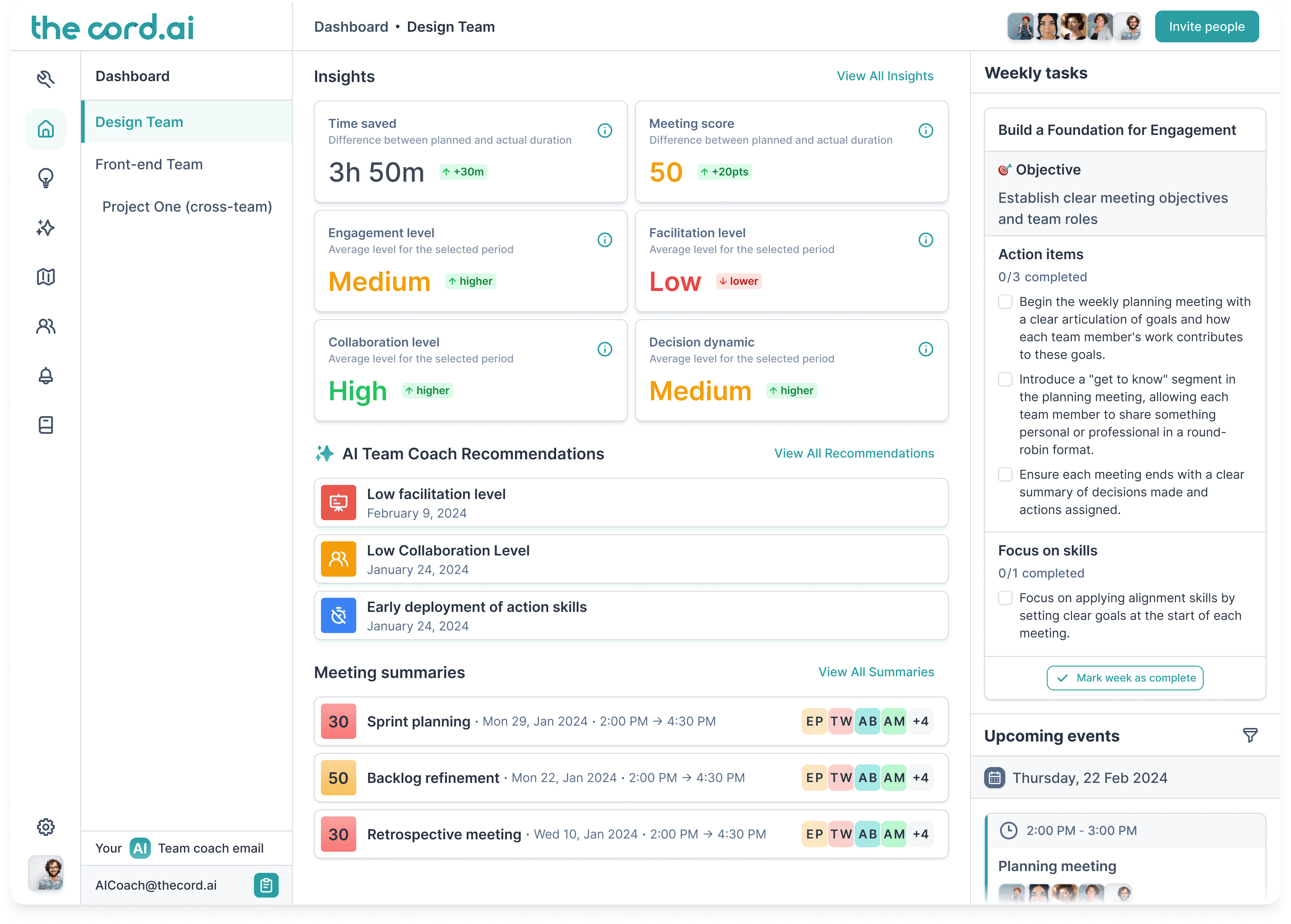Write this down: teams are the linchpin of organisational success. A recent study by the Institute for Corporate Productivity (i4cp) is shedding light on the profound impact that effective team dynamics can have on performance, productivity, and ultimately, the bottom line. The research underscores the challenges teams face but also highlights the transformative power of what is termed the "Team Network Effect."
Team collaboration today
The i4cp study reveals compelling data about the state of team effectiveness in modern work environments. Despite the recognised value of teams, a significant productivity gap persists, primarily due to underperformance stemming from collaborative dysfunctions. The study found that the average team could boost its productivity by a staggering 39% if it improved its collaboration techniques.
Teams often falter due to a variety of dysfunctional collaboration patterns. The research identified six prevalent issues, with 'Priority Overload' and 'Misalignment' being the most detrimental.
Priority overload results from an excess of competing demands from within the organisation, leaving teams stretched and ineffective.
Misalignment, on the other hand, refers to the internal discord and lack of trust within teams, often exacerbated by competitive rather than collaborative approaches to problem-solving.
The Team Network Effect
This is achieved through precision collaboration: intentional behaviours and strategies that forge high-quality connections within and across teams. These connections are about frequent interactions, while creating meaningful relationships that enhance collaboration, streamline processes, and boost overall team morale.
The i4cp study highlights several strategic interventions that can significantly mitigate the challenges of collaborative dysfunction:
Education and training: equip leaders with the skills to nurture and manage team dynamics effectively. Leaders must move beyond individual performance metrics to focus on team cohesion and synergy.
Infrastructure for collaboration: establish infrastructures that support team collaboration, including tools and platforms that facilitate communication and the seamless integration of workflows.
Role of external coaches: introduce external coaches who can objectively assess team interactions and provide actionable insights to improve group dynamics and collaboration.
Leveraging technology and tools
As digital tools and AI are redefining workplace interactions, leveraging technology to enhance team collaboration is crucial. Platforms like theCoRD can be instrumental in this context. By facilitating better communication, providing tools for effective project management, and offering insights into team dynamics, theCoRD can help teams harness the full potential of the Team Network Effect.
Implementing best practices
High-performing teams often exhibit certain behaviours that set them apart. These teams are adept at managing workloads effectively, prioritising tasks, and fostering an environment of mutual trust and respect. Leaders in these teams are proactive in addressing issues of burnout, diffusing tensions, and ensuring that team goals are aligned with organisational objectives.
As organisations strive to navigate the complexities of the modern workplace, understanding and implementing the principles of precision collaboration will be key. The Team Network Effect is enhancing team productivity, but also able to create a work culture that values connectivity, mutual respect, and shared goals.











